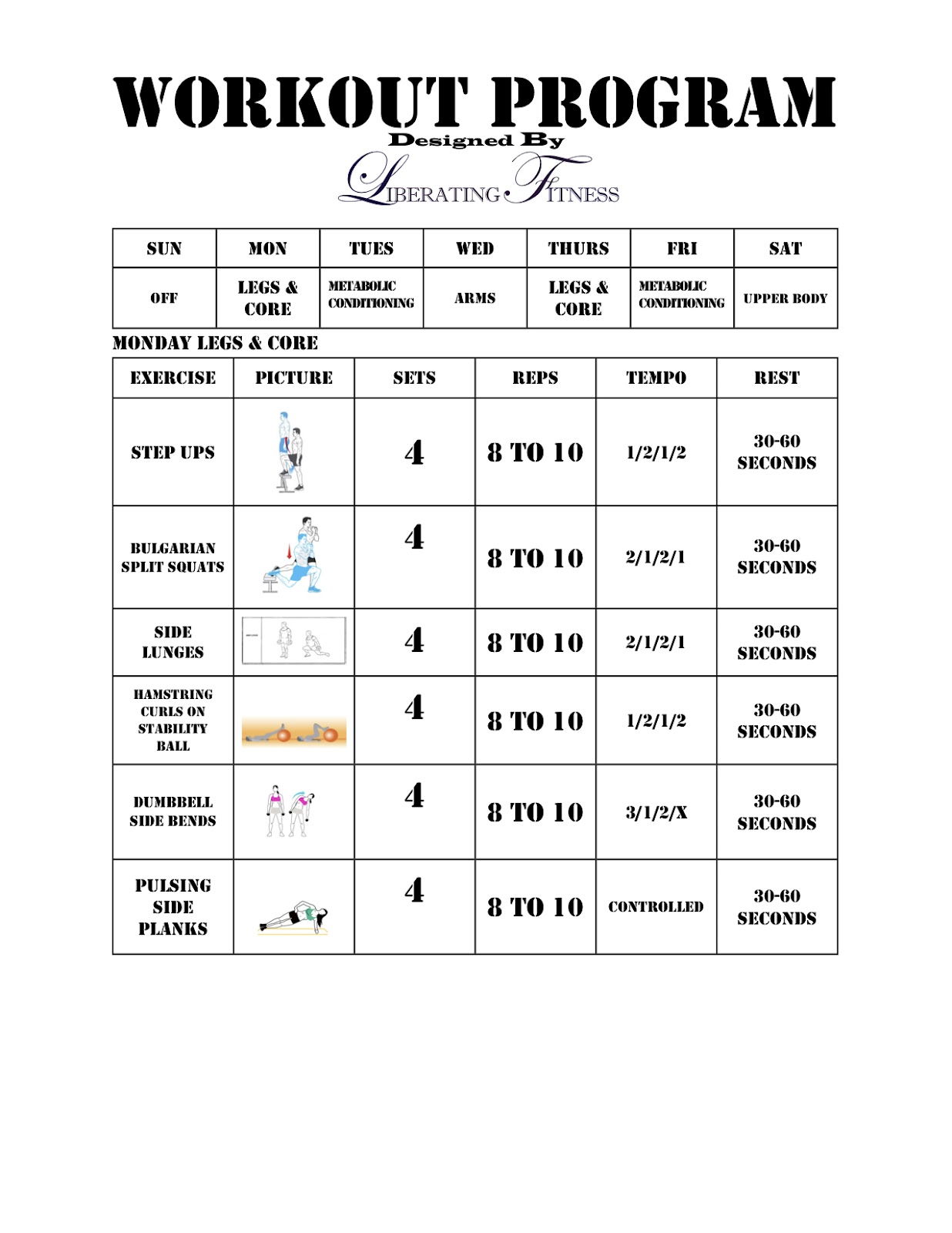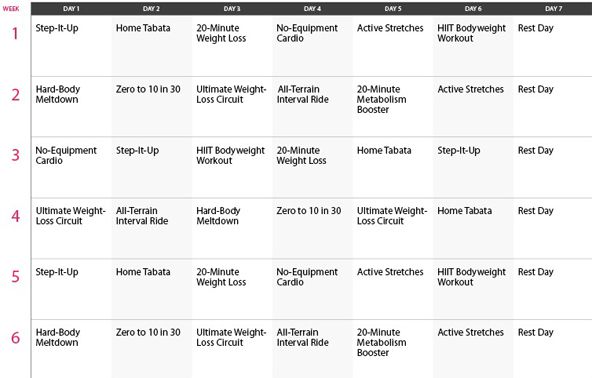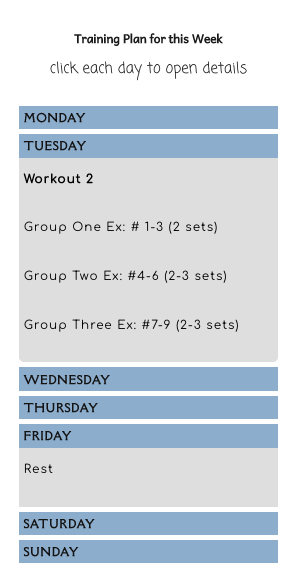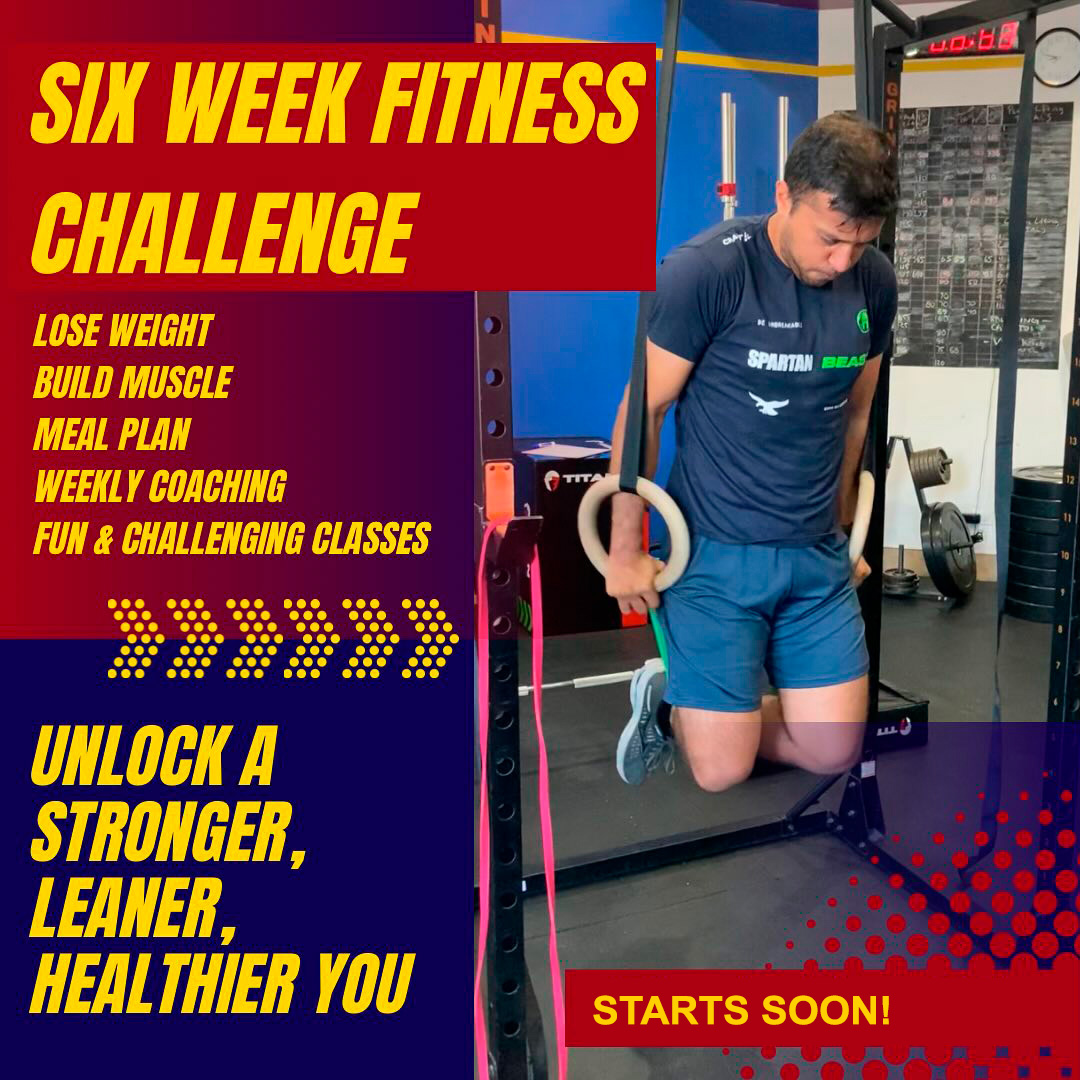A Six Week Fitness Program Was Designed To Decrease

Across the nation, healthcare professionals are grappling with a silent epidemic: the insidious decline in functional fitness among adults. The consequences are far-reaching, contributing to increased risk of chronic diseases, diminished quality of life, and a growing strain on healthcare systems. But a new initiative is aiming to reverse this trend, one structured workout at a time.
A targeted six-week fitness program, meticulously designed to address specific components of functional fitness, has been launched with the ambitious goal of decreasing the rate of physical decline. This program, spearheaded by a coalition of kinesiologists, physical therapists, and public health officials, focuses on improving strength, balance, flexibility, and cardiovascular endurance – all critical for maintaining independence and overall well-being. The ultimate aim is to empower individuals to lead more active and fulfilling lives, mitigating the adverse effects of sedentary lifestyles.
The Core Components of the Program
The program emphasizes a holistic approach. It integrates various exercise modalities to target different aspects of functional fitness.
Strength training forms a cornerstone, incorporating exercises that mimic everyday movements like lifting, pushing, and pulling. These exercises are designed to build muscle mass, improve bone density, and enhance overall physical capacity.
Balance exercises are equally vital. They help improve stability, coordination, and reduce the risk of falls, a major concern for older adults. They include activities like single-leg stands and tandem walking.
Flexibility exercises are integrated to improve range of motion. These exercises can decrease stiffness and ease joint pain. Dynamic stretching and static stretches are used.
Cardiovascular training is also part of the program. This section involves activities like brisk walking and cycling to improve heart health.
Evidence-Based Design and Implementation
The program is rooted in scientific evidence. It is based on the latest research in exercise physiology and biomechanics.
Dr. Emily Carter, a lead kinesiologist on the project, explains that the program's intensity is carefully calibrated. The intensity will increase gradually to ensure safety and adherence.
Participants undergo an initial assessment to determine their baseline fitness levels. This assessment is used to customize the program to individual needs and capabilities. Participants undergo continuous monitoring to prevent injuries.
Early Results and Testimonials
Although still in its early stages, the six-week program has already shown promising results. Preliminary data from pilot studies indicates significant improvements in strength, balance, and endurance among participants.
One participant, John Smith, 68, shared that he feels more energetic and confident. He noted that simple tasks that once seemed challenging are now much easier.
Another participant, Maria Rodriguez, 72, emphasized the program's social aspect. She said that the group setting provides motivation and a sense of community.
Challenges and Considerations
Despite the positive initial feedback, the program faces certain challenges. These challenges include ensuring accessibility for individuals with disabilities and limited mobility.
Funding constraints also pose a barrier to widespread implementation. Securing sustained financial support will be crucial for scaling up the program and reaching a larger population.
Another challenge is maintaining long-term adherence. Sustaining motivation beyond the six-week timeframe will require ongoing support and encouragement.
Expert Perspectives and Future Directions
Experts emphasize the importance of integrating functional fitness programs into broader public health initiatives. They believe that preventive interventions are more cost-effective than treating chronic diseases.
Dr. David Lee, a public health official involved in the project, stressed the need for a multi-faceted approach. He believes that such approach should address the social and environmental factors that contribute to sedentary lifestyles.
The Role of Technology
Technology is playing an increasingly important role in enhancing the program's reach and effectiveness. Wearable fitness trackers and mobile apps are being used to monitor progress and provide personalized feedback.
Virtual reality (VR) is also being explored as a tool. VR provides interactive and immersive exercise experiences. This technology can particularly engage individuals who may find traditional workouts boring or intimidating.
Looking Ahead: A Sustainable Approach
The six-week fitness program represents a promising step towards addressing the growing problem of functional fitness decline. By focusing on evidence-based practices and incorporating technology, this initiative has the potential to make a significant impact on the health and well-being of adults across the nation.
However, the long-term success of the program hinges on several factors. These include securing sustained funding, overcoming accessibility barriers, and fostering long-term adherence. Continuous monitoring and evaluation will also be essential to ensure that the program remains effective and relevant.
Ultimately, the goal is to create a culture of lifelong physical activity. This can promote healthier and more fulfilling lives for individuals of all ages and abilities. This is an investment in a healthier future for all.


















